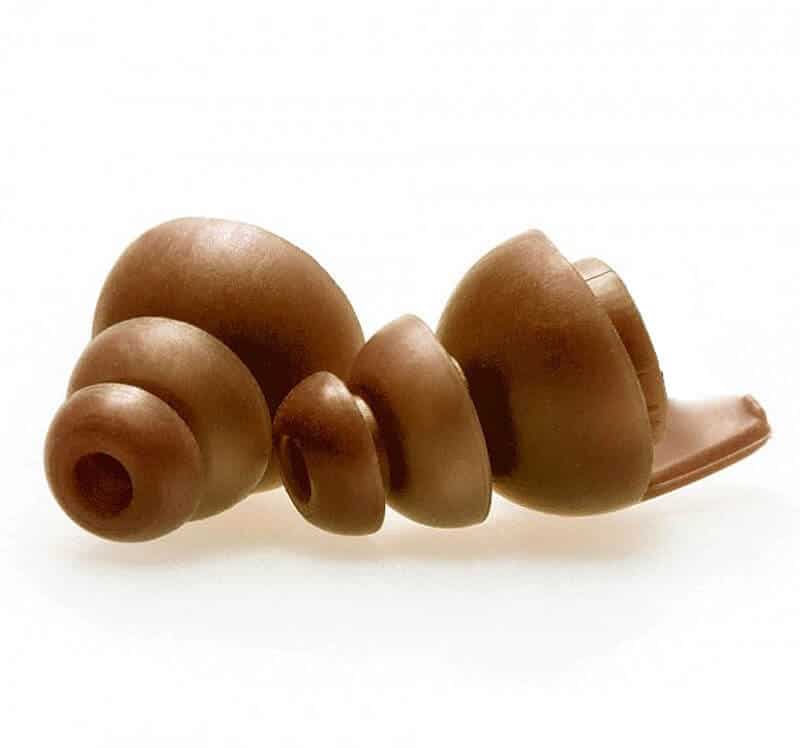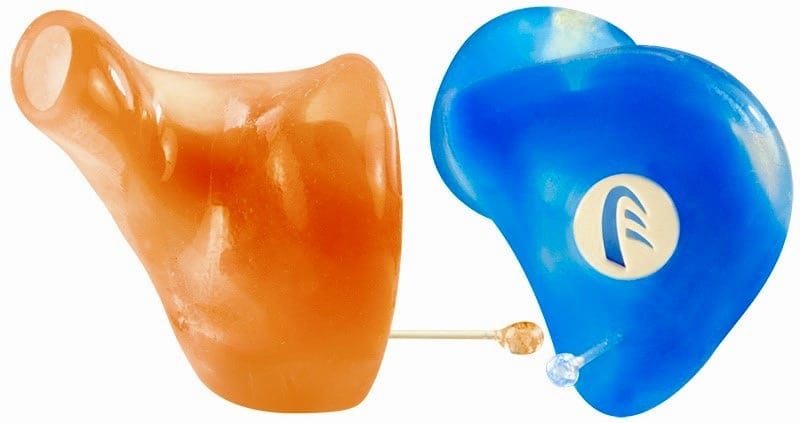Earplug
An earplug is a small device inserted into the ear canal to protect the wearer’s hearing from harmful noise levels or prevent the entry of water, foreign bodies, dust, or excessive wind. Primarily used to reduce the intensity of environmental noise reaching the eardrum, earplugs are essential in various settings, including industrial workplaces, during sleep, at concerts, and when swimming.
Types of Earplugs
Earplugs come in several types, each designed for specific uses and preferences:
- Foam Earplugs: Made from soft foam that can be compressed and inserted into the ear canal, where they expand to form a seal. These are disposable, inexpensive, and widely used for sleep and noise reduction in environments like factories or during loud events.
- Pre-Molded Earplugs: Made from silicone, rubber, or plastic, these earplugs are pre-shaped to fit the ear canal. Reusable and easy to clean, pre-molded earplugs are less likely to be as perfectly fitting as foam but are durable and convenient for regular users.
- Custom Molded Earplugs: Created from a mold of the wearer’s ear canal, these provide the highest level of comfort and protection, tailored to fit perfectly. They are more expensive but are ideal for professional musicians, industrial workers, and those who require superior noise reduction.
- Silicone Putty Earplugs: These are moldable and can be shaped by the user to fit the ear. Silicone putty earplugs are excellent for swimming as they provide a waterproof seal.




How Earplugs Work – Noise Reduction Rating
Earplugs protect hearing by attenuating the sound that reaches the eardrum. The effectiveness of an earplug is measured by its Noise Reduction Rating (NRR), a standard rating that indicates how much sound the earplug can theoretically block out. The fit and material of the earplug significantly affect its performance, as a better seal in the ear canal provides more effective noise reduction.
Importance of Earplugs – Noise-Induced Hearing Loss
The primary use of earplugs is to prevent noise-induced hearing loss (NIHL), a cumulative and irreversible condition resulting from prolonged exposure to high noise levels. Earplugs are also used to maintain focus by blocking out distracting noises and are beneficial for people with sound sensitivity.
Selection and Usage
Choosing the right type of earplug depends on the environment, the duration of use, and personal comfort. Proper insertion is crucial for effective noise reduction. For foam earplugs, this involves rolling them into a thin cylinder without creases, pulling the ear back to open the canal, and inserting the compressed earplug deep enough into the canal. Pre-molded and custom-molded earplugs are inserted by aligning them to fit snugly with the ear canal.
Limitations of Earplugs
While earplugs are effective in reducing noise exposure, they must be used correctly to provide the maximum benefit. They can also become uncomfortable over long periods and may not be suitable for everyone, especially those with certain ear canal conditions.
